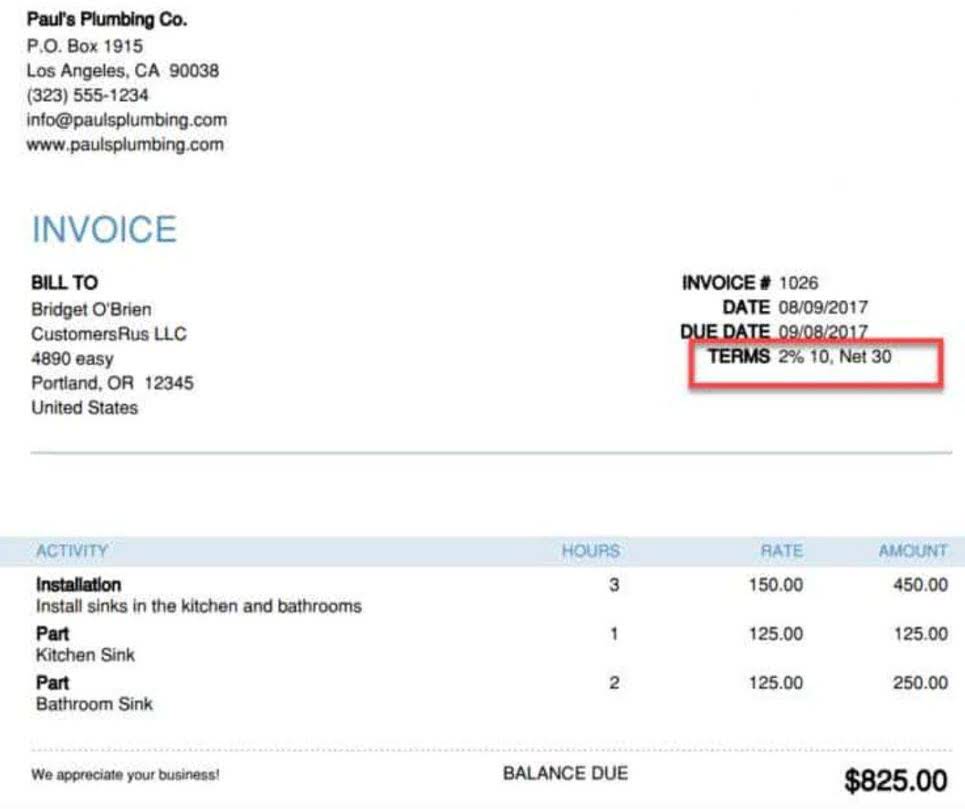
If the company is unable to manage its debts effectively, it may face difficulties in paying interest or principal repayments. A positive total equity figure indicates potential growth and profitability, while negative equity might signal financial distress. While high equity generally signifies stability and strength, low equity can be a sign of risk, though in some cases it might indicate an aggressive growth strategy. Total equity shows the portion of the company’s assets that total equity formula are owned outright by shareholders, which is crucial for evaluating ownership claims and control.
- A company with a larger portion of equity compared to liabilities typically has a lower risk of bankruptcy because of its lower debt burden.
- You can monitor a company’s total equity over time to make sure it’s not getting too small compared to debt.
- For corporations, total equity is also referred to as shareholders’ equity, whereas for sole proprietors or partnerships, it might be labeled as owners’ equity.
- Rachael has a Bachelor’s degree in mass media from Wilson College, Mumbai and aMaster’s degree in English from Pune University.
- Let’s say Company A has $5 million in total assets and $1 million in total liabilities.
- It represents the difference between total assets and total liabilities.
How to Calculate Total Equity?

It helps in determining the book value of a company, aiding in mergers, acquisitions, or sale negotiations. Total equity serves as a measure of a company’s net worth, helping stakeholders assess its stability and long-term viability. Investors use total equity to assess the financial strength and growth potential of a company. Determine the amount of a company’s total liabilities on its balance sheet. Determine the amount of a company’s total assets on its balance sheet. Total equity represents the cumulative value of ownership in a company, while net income refers to earnings generated during a specific period.

Example of High Total Equity:
- This equals $700,000, which is the company’s total equity.
- Total Equity represents the value that would remain for shareholders if the company were to sell all its assets and pay off all its liabilities.
- Total equity shows the portion of the company’s assets that are owned outright by shareholders, which is crucial for evaluating ownership claims and control.
- Total equity represents the cumulative value of ownership in a company, while net income refers to earnings generated during a specific period.
- It helps in determining the book value of a company, aiding in mergers, acquisitions, or sale negotiations.
Total Equity provides insight into a company’s net worth and its ability to sustain operations without external support. For corporations, total equity is also referred to as shareholders’ equity, whereas for sole proprietors or partnerships, it might be labeled as owners’ equity. Yes, total equity can change due to various factors, including profits, losses, dividends, asset revaluation, or issuance/repurchase of shares. Rachael has a Bachelor’s degree in mass media from Wilson College, Mumbai and aMaster’s degree in English from Pune University.
- In this case, the $700,000 in equity is the shareholder’s claim on the company’s assets after its debts have been settled.
- The total equity on a company’s balance sheet shows the book value, or historical value, of the owners’ stake in a company if all debts were paid off.
- Treasury stock reduces total equity as it represents shares repurchased by the company, reducing the overall ownership interest.
- Total equity represents the cornerstone of a company’s financial standing, reflecting the owners’ residual interest in its assets after deducting liabilities.
- This situation, often called “negative equity,” may indicate financial trouble.
- Suppose Company B has $5 million in assets but $4.5 million in liabilities.
Why is Total Equity Important?
Total equity is a key component of the balance sheet, appearing under the “Equity” section. It represents the difference between total assets and total liabilities. Total Equity represents the value that would remain for shareholders if the company were to sell all its Accounting for Churches assets and pay off all its liabilities.

Ownership Reflection & Business Valuation
- Determine the amount of a company’s total liabilities on its balance sheet.
- With a low equity base, the company may be struggling with its debt levels, making it harder to secure loans or attract investors.
- In simpler terms, it is what remains for the shareholders after all debts and liabilities are accounted for.
- Determine the amount of a company’s total assets on its balance sheet.
- A positive total equity figure indicates potential growth and profitability, while negative equity might signal financial distress.
- No, total equity can be negative if a company’s liabilities exceed its assets.
Let’s say Company A has $5 million in total assets and $1 million in total liabilities. With this solid equity base, the company can expand, take risks, and generate investor confidence. A high equity value may also be a signal of profitability and a history of reinvestment into the business. Total equity represents the cornerstone of a company’s financial standing, reflecting the owners’ residual interest in its assets after deducting liabilities. At its core, total equity refers to the ownership interest in a company.

A company can finance its business using either debt or equity. The total equity on a company’s balance sheet assets = liabilities + equity shows the book value, or historical value, of the owners’ stake in a company if all debts were paid off. Total equity equals total assets minus total liabilities and consists of the amount of money investors have invested in the company and the earnings a company has accumulated from its operations. A company with a larger portion of equity compared to liabilities typically has a lower risk of bankruptcy because of its lower debt burden.